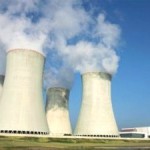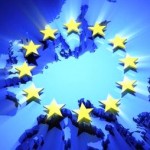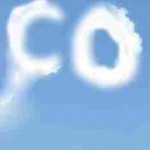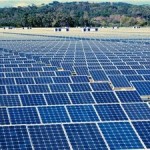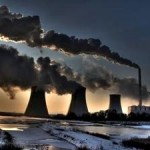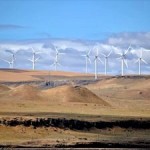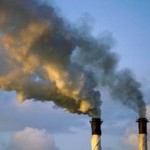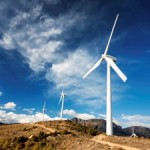- Competitive, affordable and secure energy: The Commission proposes a set of key indicators to assess progress over time and to provide a factual base for potential policy response. These indicators relate to, for example, energy price differentials with major trading partners, supply diversification and reliance on indigenous energy sources, as well as the interconnection capacity between Member States. Through these indicators, policies will ensure a competitive and secure energy system in a 2030 perspective that will continue to build on market integration, supply diversification, enhanced competition, development of indigenous energy sources, as well as support to research, development and innovation.
- New governance system: The 2030 framework proposes a new governance framework based on national plans for competitive, secure and sustainable energy. Based on upcoming guidance by the Commission, these plans will be prepared by the Member States under a common approach, which will ensure stronger investor certainty and greater transparency, and will enhance coherence, EU coordination and surveillance. An iterative process between the Commission and Member States will ensure the plans are sufficiently ambitious, as well as their consistency and compliance over time.
The Communication setting out the 2030 framework is accompanied by a Report on energy prices and costs, which assesses the key drivers and compares EU prices with those of its main trading partners. Energy prices have risen in nearly every Member State since 2008 – mainly because of taxes and levies, but also due to higher network costs. The comparison with international partners highlights rising price differentials, notably with US gas prices – which could undermine Europe’s competitiveness, particularly for energy intensive industries. Nevertheless, rising energy prices can be partly offset by cost effective energy and climate policies, competitive energy markets and improved energy efficiency measures, such as using more energy-efficient products. European industry’s energy efficiency efforts may need to go even further, bearing in mind physical limits, as competitors do the same and European industry decides to invest abroad to be closer to expanding markets. These findings inform the 2030 framework.
Next Steps
The European Council is expected to consider the framework at its spring meeting on 20-21 March.
Background
The framework builds on the existing ‘climate and energy package’ of targets for 2020 as well as the Commission’s 2050 roadmaps for energy and for a competitive low-carbon economy. The Communication on the 2030 policy framework follows the Commission’s March 2013 Green Paper, which launched a broad public consultation on the most appropriate range and structure of climate and energy targets for 2030. These documents reflect the EU’s goal of reducing greenhouse gas emissions by 80-95% below 1990 levels by 2050 as part of the effort needed from developed countries.
For more information on Energy aspects of the Framework:
http://ec.europa.eu/energy/2030_en.htm
For more information on Climate aspects of the Framework:
http://ec.europa.eu/clima/policies/2030/index_en.htm
Source: Europa.

